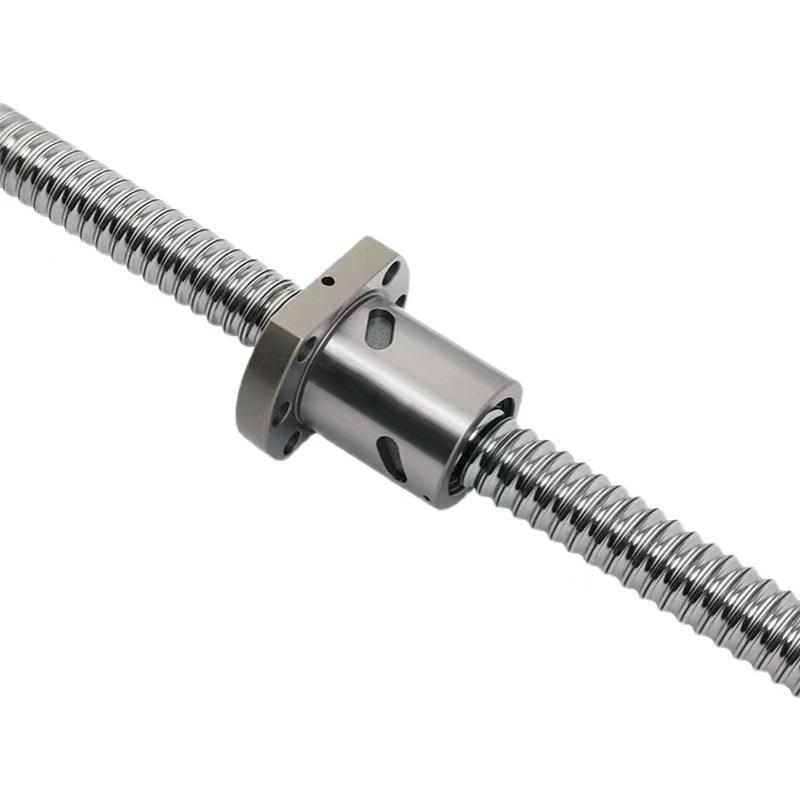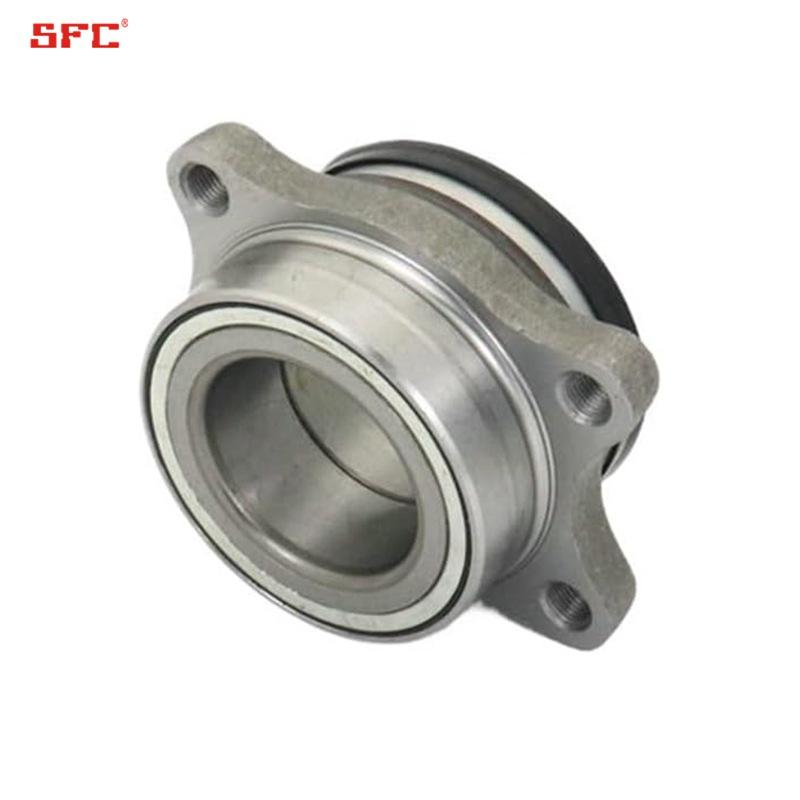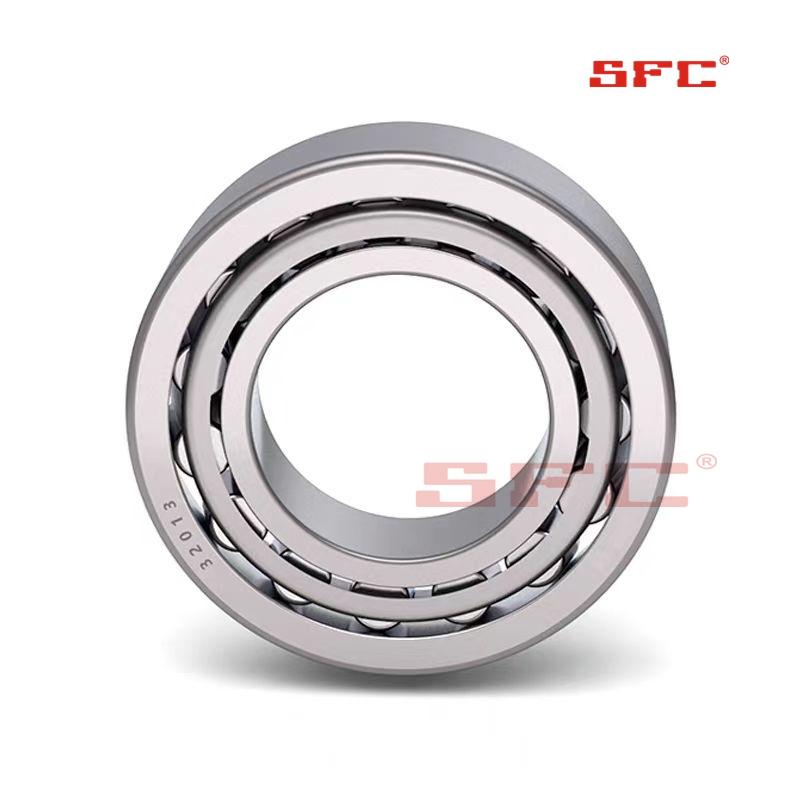Common quality problems and causes on the surface of bearing rings
The bearing ring raceway is the surface of the bearing workpiece, and its quality will directly affect the working performance and service life of the bearing. During use, we often find common quality problems on the surface of bearing rings. How do these quality problems arise? Based on years of experience, here are common quality problems and their causes on the surface of bearing rings.
1. Poor surface roughness
Cause: Insufficient time for ultra precision machining, high pressure on the grinding stone, relatively high vibration frequency of the grinding stone, and low rotational speed of the precision and ultra precision machined workpiece.
2. Seminoma
The raised particles of different sizes and shapes formed on the machining surface after ultra precision machining are mainly due to the sintering of grinding particles on the machined surface under instantaneous high temperature and pressure. Their presence increases the vibration value of the bearing and reduces its service life.
Cause: Excessive pressure on the grinding stone. The surface roughness value before ultra precision machining is too high, the workpiece speed is too high, the cutting lubricant cooling is not sufficient, and the residual magnetism during bearing ring grinding is too large.
3. Silk seed
The network scratches generated on the surface after ultra precision machining.
Cause: There are too many impurities in the grinding stone, resulting in uneven particle size; There are impurities in the cutting fluid and insufficient flushing.
4. Comet mark
During the process of ultra precision machining, due to the detachment or blockage of individual large diamond particles in the low concave areas of the workpiece surface, comet marks are formed with the pressure of ultra precision machining and the rotation of the workpiece.
Reason for occurrence: Choose the right grinding stone and reduce the pressure on the grinding stone.
5. Grinding wheel flower
Cause: The grinding wheel flower is too coarse during surface grinding, the workpiece speed is too high during rough and ultra precision machining, the processing time is too short, the grinding stone pressure is too small during rough and ultra precision machining, and the grinding stone swing angle is too small.
6. Excessive axial displacement of the end face
Cause: The eccentricity of the workpiece is too small, resulting in unstable rotation and large radial circular runout. The center of the grinding stone swing does not coincide with the center of curvature of the workpiece raceway. When positioning the workpiece, there are debris on the end face support surface, causing excessive axial displacement of the end face. The geometric accuracy of the grinding process is poor, and the workpiece has undergone multiple repairs.
7. Poor roundness and waviness
Cause: The eccentricity of the workpiece is too small; Excessive rotational speed of precision and ultra precision machining workpieces causes machine tool vibration; The width of the grinding stone is not enough, and the wrapping angle is too small; The support angle during roller positioning is too small to drive the sleeve to rotate normally; The roundness and ripple of the grinding process are too large.
8. Poor curvature of the raceway after ultra precision machining of ball bearings
Cause: The swinging center does not coincide with the curvature center of the raceway: the width of the grinding stone is too large, and the wrapping angle is too large.




